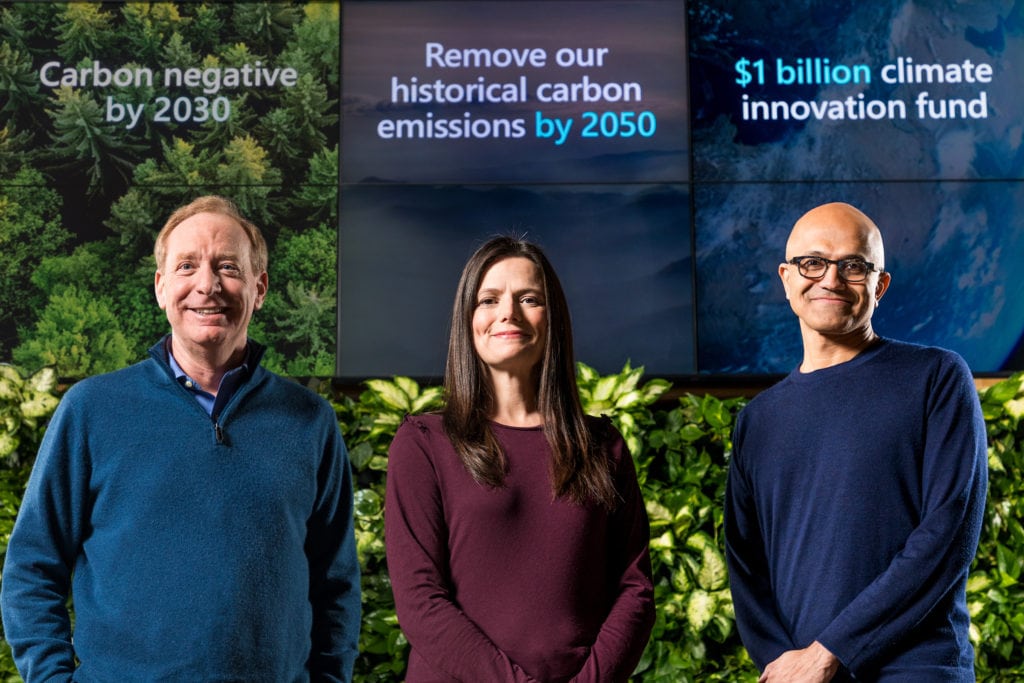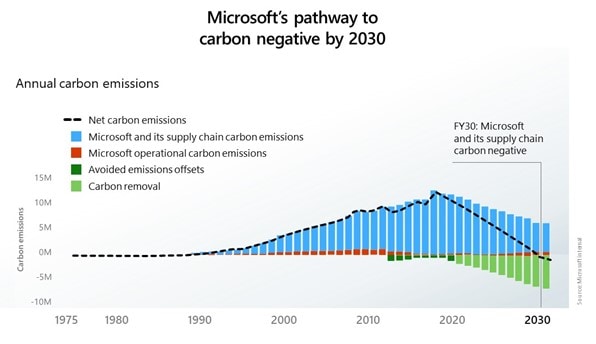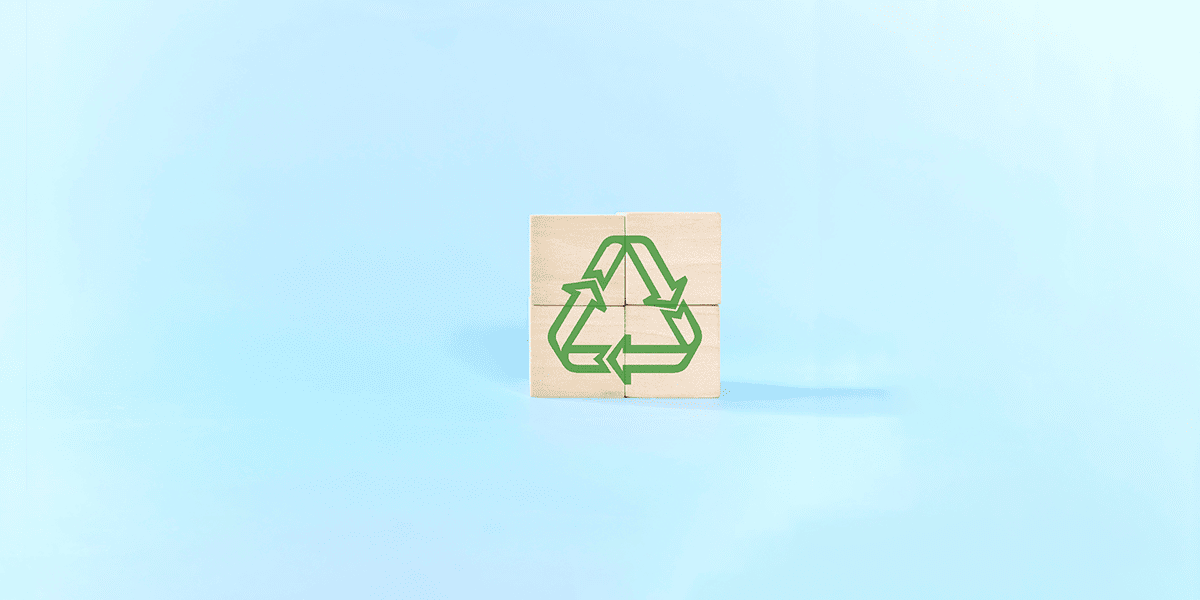Environmental sustainability in business has always been a concern. But with current affairs in the macro environment, from noticeable changes in weather patterns to high-profile protests and heightened public discussion, it’s safe to say that its urgency has never been more present.
With these issues more pressing than ever, research shows that 80% of businesses globally now report on sustainability, with this figure rising to 96% among the world’s 250 largest companies.
As well as developing a sustainability policy and making achievable pledges and goals to become greener, what can businesses of all sizes do to sincerely reduce their environmental impact?
One answer may be less obvious than others and comes in the form of the technologies you use. And it’s not just about the green credentials of specific products. But rather, affiliating yourself and purchasing from other businesses dedicated to sustainability can help with reaching your own targets.
Environmental sustainability in business – firmly on the Microsoft agenda
The majority of businesses use Microsoft products in some way or another. The good news for those looking to become more sustainable is, the environment is a top priority for the tech giant.

What is Microsoft really doing about the environment?
Microsoft has made a set of ambitious and detailed commitments to help it fulfil its environmental aims. Microsoft sustainability goals are split into four main areas of focus – carbon, ecosystems, water and waste.
Addressing the carbon problem
Carbon emissions have been flagged by many environmental groups and governments around the world as a particular concern for humankind and the planet. And the severity of this appears to be high on the environmental sustainability in business agenda.
According to KPMG’s 2020 Survey of Sustainability Reporting, around two-thirds of the world’s top 100 companies by revenue now have targets in place to reduce their carbon emissions.
Microsoft has been carbon neutral since 2012, meaning that the sum of the greenhouse gas emissions it produces is offset by natural carbon sinks and/or credits.
The severity of the problems brought by carbon emissions is not lost on Microsoft, with the company making several pledges in this area to:
- Become carbon negative by 2030
- Remove all the carbon the company has emitted either directly or by electrical consumption since it was founded in 1975 by 2050
- Invest $1 billion (£737,365,000) into a climate innovation fund to speed the development of carbon reduction and removal technologies

Impact on ecosystems
The impact wide-scale manufacturing and, by extension through the supply chain, the businesses who buy from them, can have on the natural landscape is significant. Microsoft is taking steps to take responsibility for its land footprint by committing to protect and restore more land than it uses by 2025.
Additionally, it has a goal to achieve net zero deforestation from construction work related to its facilities. It also shares data with the conservation community, having made 10 petabytes of environmental and Earth observation data available through Azure.
AI for Earth
Part of Microsoft’s efforts to encourage its customers and peers to become more sustainable includes AI for Earth. This initiative, spanning five years, will see Microsoft pouring $50 million (£36.8 million) into accelerating innovation in green technologies.
The fund will support projects around the world focused on using cutting-edge technologies to solve problems related to biodiversity, climate change, water and agriculture.
Water – a not-so-abundant resource
Water scarcity is something many of us take for granted in our personal lives and this is no different when it comes to businesses.
The Microsoft sustainability programme includes a commitment to becoming “water positive” within a set timeline. Namely by reducing its water consumption and replenishing supplies in the regions it operates. How It plans to do this is by:
- Creating and implementing tools to help address the world’s water challenges, including pollution, water scarcity and the health of the world’s oceans
- Replenishing more water than it consumes and achieve zero-waste certification by 2030
- Implementing practical steps in the areas it operates to reduce its impact as a business. This includes focusing replenishment efforts on 40 basins deemed ‘highly stressed’, introducing rainwater re-use systems into a selection of its offices and exploring the use of adiabatic cooling, i.e., using air instead of water to cool equipment
Reducing waste in the world of tech
Waste is a major concern for many businesses, especially those involved in manufacturing. Microsoft sustainability efforts to reduce waste output include:
- Setting a goal to achieve zero waste for its direct operations, products and packaging
- Diverting at least 90% of the solid waste from its campuses and datacentres away from landfills and incineration
- Manufacturing 100% recyclable Surface devices
- Using 100% recyclable packaging in Organization for Economic Cooperation and Development countries
- Divert a minimum of 75% of its construction and demolition waste across all projects
The timeline for achieving all of the above has been set to 2030. And Microsoft appears to already be making positive headway in this area, with over 60,000 metric tons of waste diverted from landfills in the last fiscal year.
Products to encourage greener businesses
Aside from these four areas of focus, Microsoft is also highlighting how its apps and products can be used by businesses on a practical level to reduce their environmental impact.
Some of the technologies Microsoft is encouraging people, project owners, customers and businesses to use in their bid to become more sustainable includes AI, Azure and the Azure IoT Hub. Here’s how.
Microsoft Azure sustainability credentials
There are many ways the cloud and specifically Azure can make your business practices greener. Looking at Azure sustainability specifically, Microsoft plans to run its Azure data centres on 100% renewable energy sources by 2025.
And when it comes to accountability and monitoring progress, it announced in late 2020 that its new Azure region in Sweden would monitor on an hourly basis how much of its energy consumption is based on renewable sources.
Cloud for Sustainability
Microsoft’s Inspire event in July 2021 saw the unveiling of the Cloud for Sustainability package. This cloud offering, currently only available in preview, was launched to help businesses record the progress of their environmental goals.
Using the vast potential of the Microsoft cloud, this product offers automated, integrated insights through Software as a Service (SaaS). Designed to help businesses automate reporting as much as possible for greater speed, efficiency and flexibility, Cloud for Sustainability enables a seamless flow of data using real-time sources.
It then processes this data to produce an accurate real-time picture of progress. This can then be shared with a wide range of stakeholders – from data processing managers to senior business teams and CEOs. Importantly, these data-driven insights can then be converted into actionable tasks.
Planetary Computer
Planetary Computer is essentially a vast catalogue of data with the potential to contribute positively towards projects and initiatives aimed at protecting the environment.
Pulling together a multi-petabyte database of environmental monitoring data with APIs to access it, Planetary Computer aims to offer an environment that allows users to explore this data and how it can be used to positive effect.
Also only currently available in preview mode, Microsoft is inviting partners to apply for access to develop apps through the platform and use the cloud to scale their environmental sustainability work.
Further to the above actions and goals, Microsoft is also a signatory of the climate pledge https://www.theclimatepledge.com/
So, for those companies considering how their suppliers and their supply chain can contribute positively to their environmental credentials, or those who are simply looking for positive examples to follow, a cue can be taken from Microsoft’s efforts to prioritise sustainability.
All images used in this blog are courtesy of Microsoft
Join the discussion on environmental sustainability for business
If sustainability is on your businesses’ agenda, join us on Thursday 11th November when our Azure Product Director Paul Collins will host a short live discussion on hitting your environmental targets and how Microsoft products can help you do this. Sign up here.


















